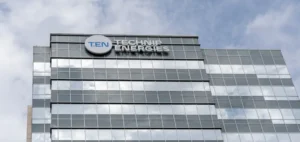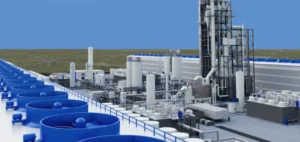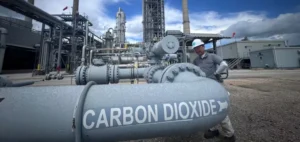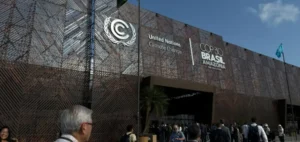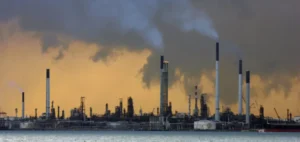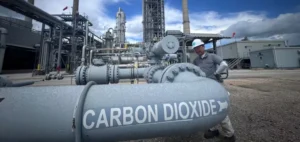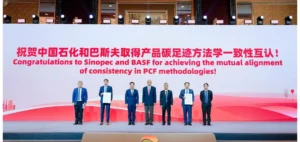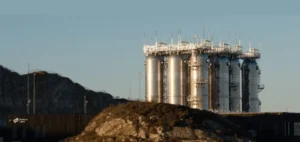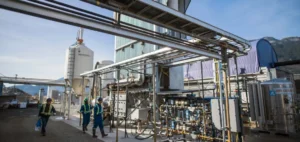Aker Carbon Capture and Carbfix sign a memorandum of understanding to combine their technologies.
The aim is to develop the entire CO2 capture and geological storage chain.
Together, the two companies are contributing to the global fight against climate change.
Aker Carbon Capture and Carbfix: complementary technologies
Carbfix ‘s technology rapidly transforms CO2 injected into underground formations into solid carbonate minerals.
It thus accelerates natural CO2 storage processes.
It is easily combined with Aker’s carbon capture technology.
“Carbfix’s CO2 storage solution fits perfectly with our HSE (Health, Safety, Environment) capture technology,” says Valborg Lundegaard, CEO of Aker Carbon Capture.
The combined technologies will enable the development of the entire CO2 capture and geological storage chain.
The MOU also enables the two companies to develop future joint collaborations.
“Two state-of-the-art climate solutions
Edda Sif Pind Aradóttir, CEO of Carbfix, comments:
“We are delighted to partner with Aker Carbon Capture, bringing together two cutting-edge climate solutions that can significantly contribute to the drastic reduction in emissions urgently needed on a global scale”.
The combined technologies can be used on very common geological formations.
They offer possibilities for permanent storage on all continents, enabling action on a global scale.




